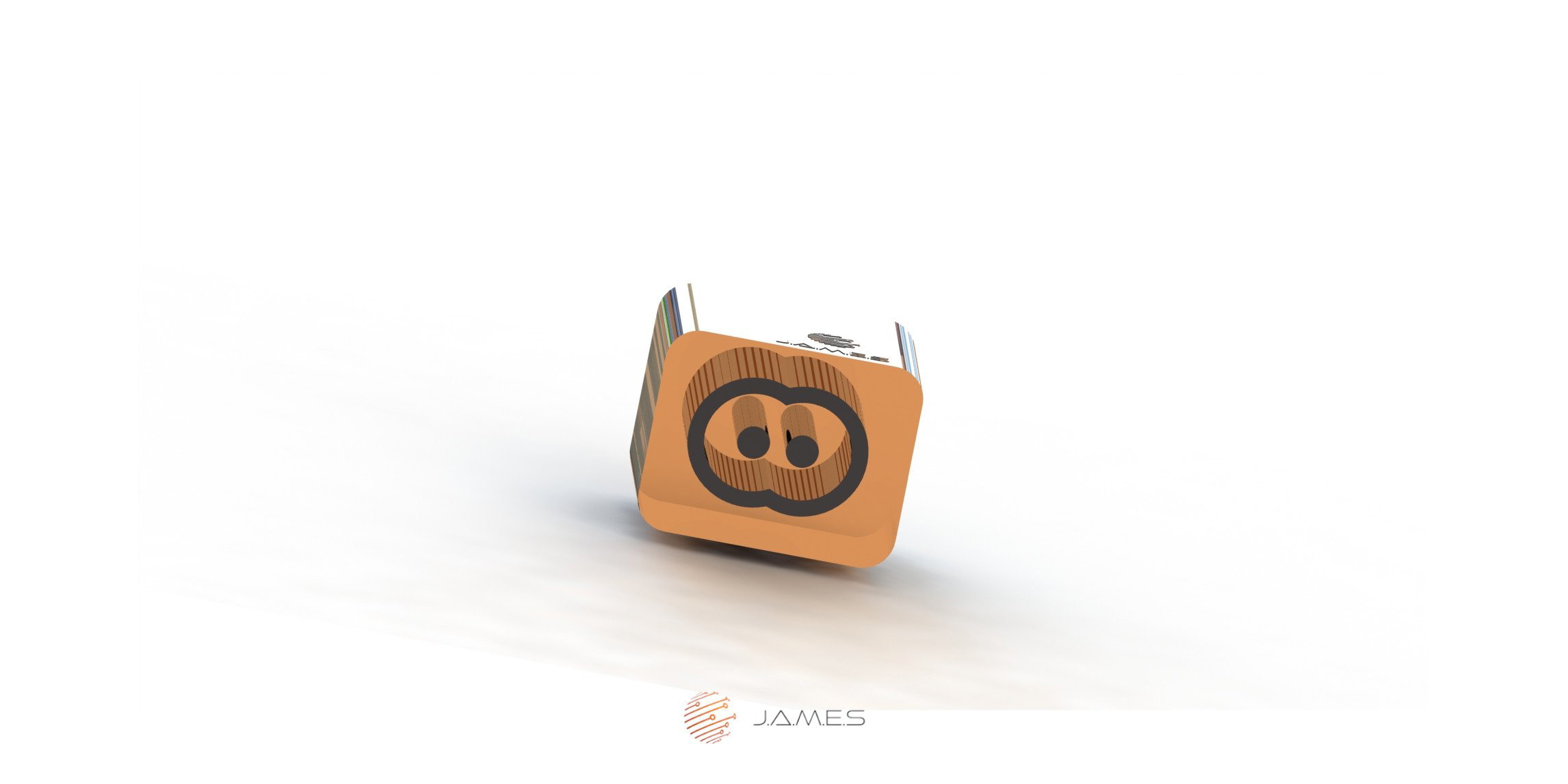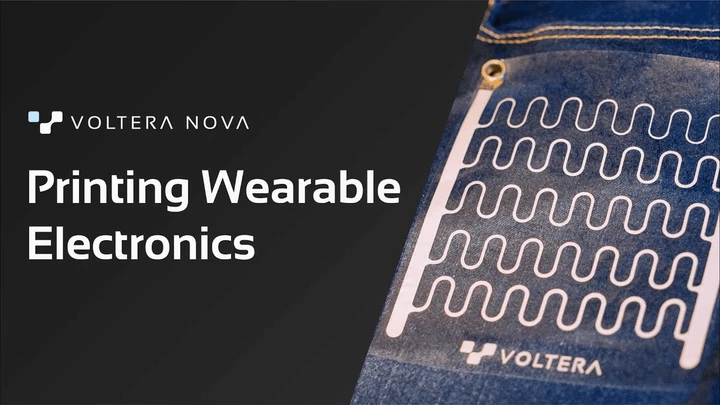AME - Directional Couplers
Concept
This AME design has the status of concept. A first design concept is established, a complete explanation of the targeted functionality is included, and the targeted printer technology has been provided.

The ability of AME to create 3D RF-structures and to combine it with active electronic circuits as embedded funcitonality is a smart way to increase miniaturisation and performance.
Especially for handling RF-signals it is crucial to design in low loss, best matching and best signal integrity conditions.
By providing this article of an AME-directional coupler all benefits of SMART-3D-AME designs will be highlighted and performance perspectives will be given.
How Can 3d-Structures and Full 3D-Electronic Designs Help to Increase Performance?
by using design freedom perspective it is possible to reach out:
-
low loss performance
- material selection (electr. parameters)
- direct 3D-signal rooting to decrease loss along the wiring
-
RF matching performance
- 3D-simulation and 3D-implementation of best signal matching conditions for operational frequency
- smoot signal path
- reduce missmatch parameters (chip housing pads, RF-connectors)
-
signal integrity performance
- reduce unwanted direct coupling effects
- reduce unwanted mixing RF-frequency effects
- increase shielding efficiency by design
Rf Distribution
RF distribution motherboard and radiating antenna matrix tile
Motivation & Driver for Ame Solution
Return Loss & Vswr Measurements
The design of RF-directional coupler elements can help to understand the benefits of new and smart usage of 3D-printed electronics.
A RF-directional coupler:
-
Represents one elemenary key performance indicator for any microwave and RF network
- How much RF-power is distributed ?
- How much RF-power is reflected ?
-
Is a necessary tool for BITE indication in small or bigger systems
-
Components have to operate with different RF-parameters
- Coupling; coupling flatness
- Operantional frequency range
- Operational RF-Power
- Insertion loss; VSWR
- Directivity
- Size and weight
- Interface
Comparison of Available Cots-Products
In order to get a feeling about the big variety of a basic RF-direcitonal coupler components.
You will see here some product examples of different directional coupler designs with
- similar operating frequency range
- differences in component parameters regarding power handling and directivity
- respect for mechanical, matching and shielding requirements

(type 1) Bi-Directional Coupler
without connectors for wide frequency range and high power handling by Werlatone

(type 2) Bi-Directional Coupler
with connectors for wide frequency range, high directivity and high power handling by Werlatone

(type 3) Smd Directional Coupler
Miniaturized SMD coupler design for direct PCB implementation by Xinger
3D-Preview Parallel Coax Coupler
Smart Change to AME
With respect to the established and available components it is remarkable to see the end of a miniaturization story in the way conventional RF-systems are integrated.
To get access to more miniaturization potential it is necessary to do a SMART Change in Design and the way of manufacturing.
Further information material is available here:
- Matched Dual-channel 6 GHz RMS Power Detector; Microwave Journal
- Create UWB Filters With Coaxial Cables; Microwaves&RF
3D-Preview Concept of 3D-coaxial coupler structure with shielded measurement interface for VSWR detection
Smart Benefits of AME
By using the benefits of the 3D-printed electronics potential it is possible to reach out the special benefits, only a new way of design and manufacturing can offer.
- by embedding of active components
- by more integrated and smarter functionalization
- by use of different materials and 3D-printing processes
For example
- RF-distribution functionality and
- active VSWR BITE-monitoring functionality
come together closer and gives wider perspectives in miniaturization.
Outlook
© License
"AME - Directional Couplers" by Andreas Salomon for Community is licensed under Creative Commons Attribution-ShareAlike 4.0 International.
-
Credit must be given to the creator.
-
Adaptations must be shared under the same terms.
Related Articles


















